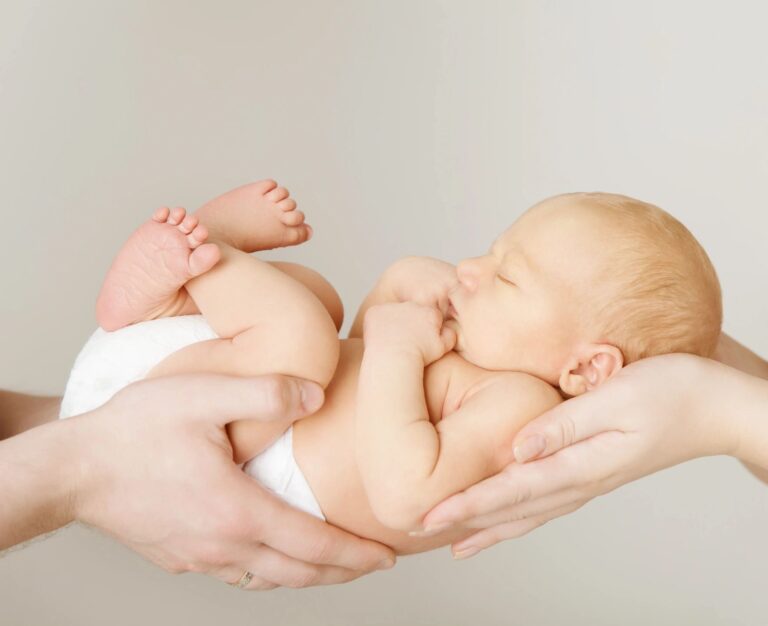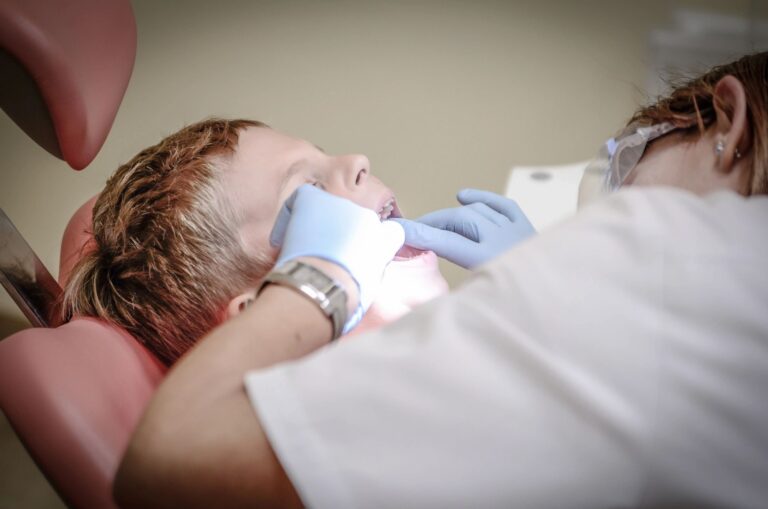Bruxism (teeth grinding) in children
Bruxism, commonly known as teeth grinding, can affect both children and adults. It involves the involuntary clenching, grinding, or gnashing of teeth, typically during sleep. Bruxism in children is a relatively common issue and can vary in severity. Here are key points about bruxism in children:
- Causes:
- The exact cause of bruxism in children is not always clear, but it can be associated with several factors, including:
- Stress or anxiety: Children may grind their teeth as a response to stress or emotional issues.
- Dental misalignment: Malocclusion (misalignment of teeth) can contribute to bruxism as the child’s teeth may not fit together correctly.
- Teething: Some children may grind their teeth during teething as a way to relieve discomfort.
- Sleep disorders: Bruxism can be associated with sleep disorders such as sleep apnea.
- Medications: Certain medications, particularly stimulants used to treat attention-deficit/hyperactivity disorder (ADHD), may increase the risk of teeth grinding.
- The exact cause of bruxism in children is not always clear, but it can be associated with several factors, including:
- Symptoms:
- Bruxism in children may not always be obvious, but some common signs and symptoms include:
- Grinding or clenching sounds during sleep, which may be reported by a family member.
- Complaints of jaw pain or headaches upon waking.
- Worn, flattened, or chipped teeth.
- Increased tooth sensitivity.
- Earaches or discomfort in the jaw joint (temporomandibular joint, TMJ).
- Bruxism in children may not always be obvious, but some common signs and symptoms include:
- Diagnosis:
- A dentist can diagnose bruxism by examining the child’s teeth for signs of wear and discussing the child’s symptoms and habits.
- In some cases, the dentist may recommend a sleep study to evaluate sleep patterns and rule out sleep-related disorders.
- Treatment:
- The approach to treating bruxism in children depends on the underlying cause and the severity of the condition:
- Behavioral interventions: If stress or anxiety is a contributing factor, counseling or relaxation techniques may be helpful.
- Dental appliances: In cases of severe bruxism or when dental damage is a concern, a dentist may recommend a mouthguard or splint to protect the teeth.
- Addressing underlying issues: If bruxism is related to dental misalignment, orthodontic treatment may be recommended.
- Medication: In rare cases, if bruxism is causing severe pain and other treatments are ineffective, a healthcare provider may prescribe muscle relaxants or other medications.
- The approach to treating bruxism in children depends on the underlying cause and the severity of the condition:
- Monitoring:
- Children with bruxism may be monitored by a dentist or healthcare provider to assess the effectiveness of treatment and ensure that the condition is not causing dental damage or other complications.
- Prognosis:
- Many children outgrow bruxism as they get older.
- Early detection and appropriate intervention can help prevent dental damage and alleviate discomfort associated with bruxism.
Parents and caregivers should be aware of the signs and symptoms of bruxism in children and seek dental evaluation and guidance if they suspect their child is grinding their teeth. Timely intervention can help manage the condition and prevent potential dental problems.
------------From our Sponsors------------









